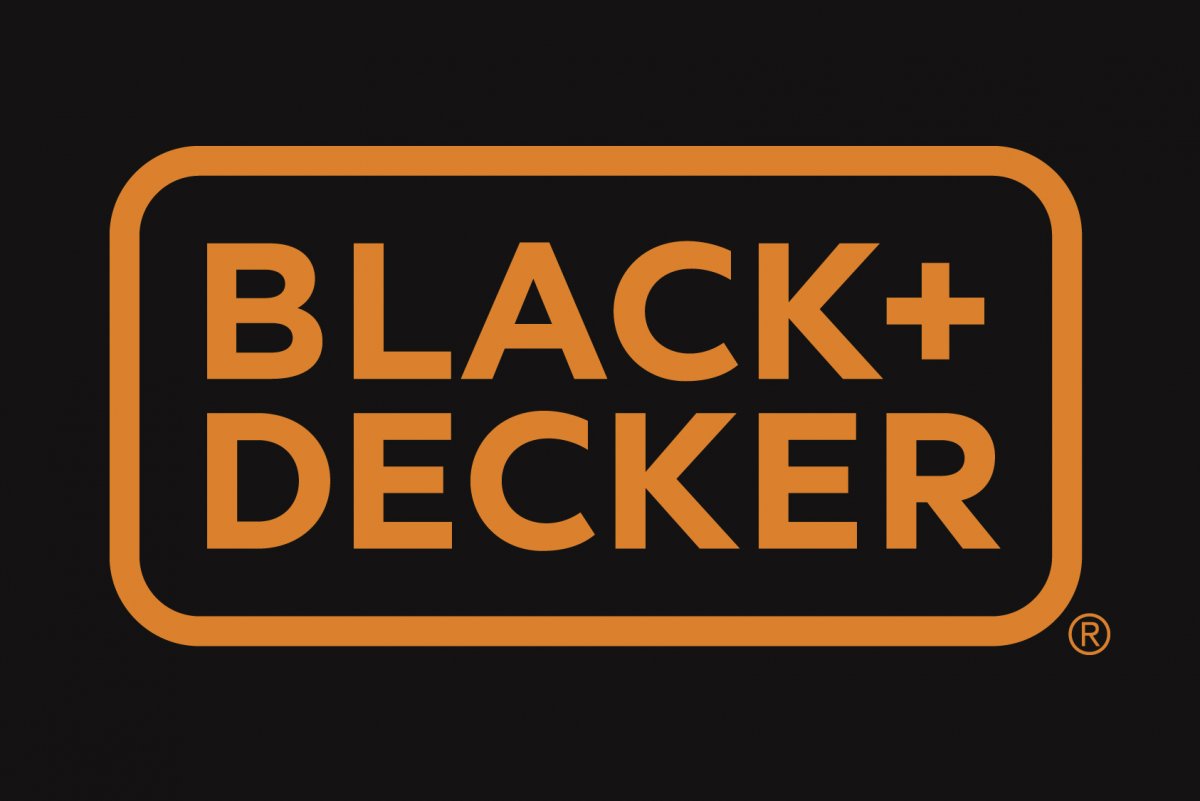
by admin | Jan 15, 2014 | Brand targeting & positioning
Last month, Twitter launched tailor audiences to let brands target their Promoted Tweets using browser cookies. Today, the company expanded the advertising product to include email addresses and user IDs. These two separate approaches, CRM audiences (email addresses) and Twitter IDs (usernames) are meant to help advertisers define groups of “existing and potential customers,” according to Twitter. Find out more about this new Twitter brand targeting strategy by reading...

by admin | Jan 15, 2014 | Brand identity
Black & Decker introduced a new global brand identity for its consumer branded power tools, outdoor power equipment and home products. The new identity (BLACK+DECKER) modernizes one of the most recognizable brands in the world through a simplified and focused redesign. The new brand identity will begin to transition at retail and into marketing efforts over the course of this year. Read more about this brand identity change...

by admin | Jan 10, 2014 | Innovation
No matter how optimistic and hopeful you might be by nature, it’s difficult to approach the issue of health care in the United States without a sense of foreboding. And confusion. And frustration. And maybe a little anger. The issue of affordable, reasonable, pragmatic health care is the defining issue of our times. Find out more about possible healthcare innovation...

by admin | Jan 10, 2014 | Brand targeting & positioning
New Jersey Gov. Chris Christie has become a Republican star by casting himself as a brash, straight-talking politician who transcends partisan politics to work for regular people. But the escalating traffic jam controversy that has ensnared his administration could damage the governor’s national reputation and allow opponents to portray him as a ruthless bully. Read more about his potential brand problem...

by admin | Jan 8, 2014 | Communication development/evaluation, Communication strategy
The English language is old. Like, really old. It’s old enough that its speakers use a good many idiomatic sayings that were thought up decades or even centuries ago and that use words people don’t really say much anymore. That can turn into a problem when those out-of-date words sound like other, much more common words. Especially if the sound-alike word makes a certain sort of sense in the context. Here’s the thing, though: It’s still wrong, even if it seems right. Read More...






